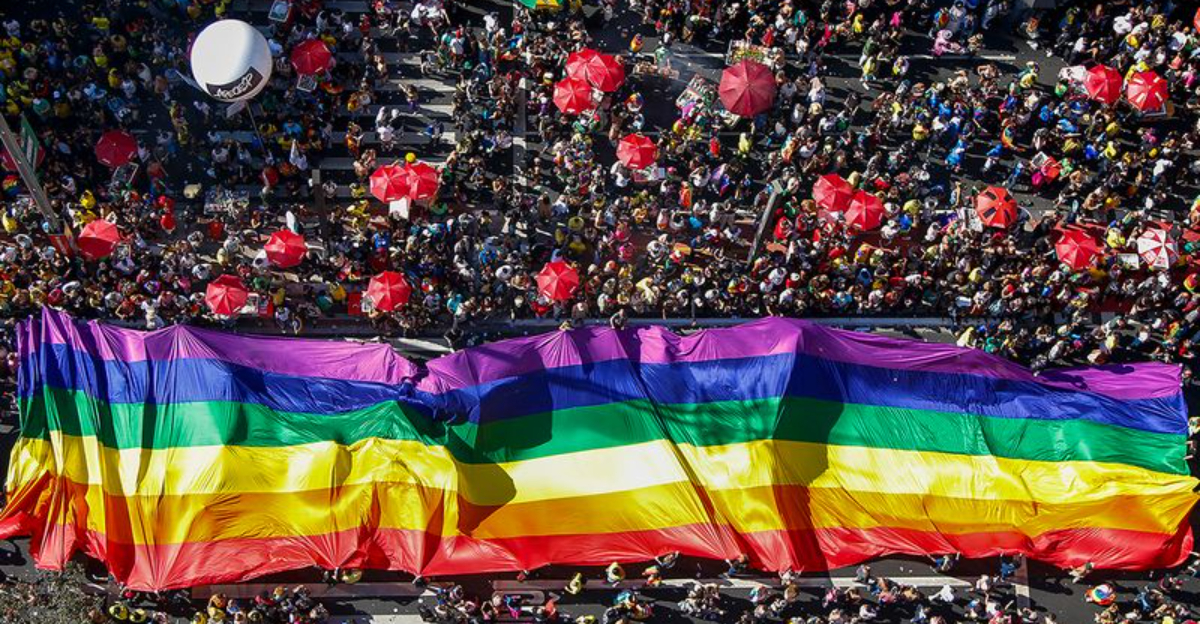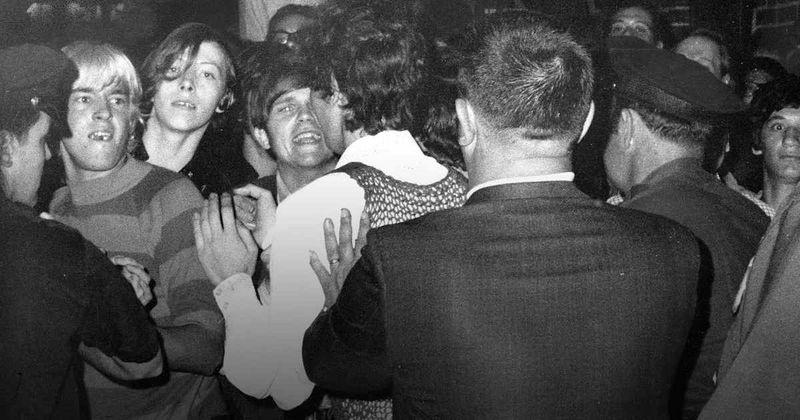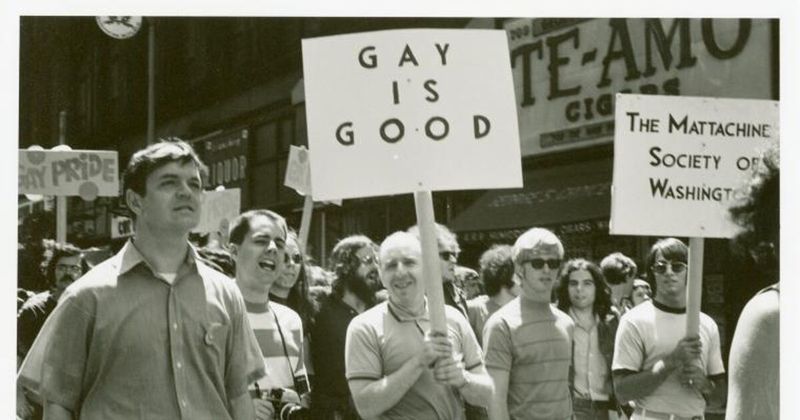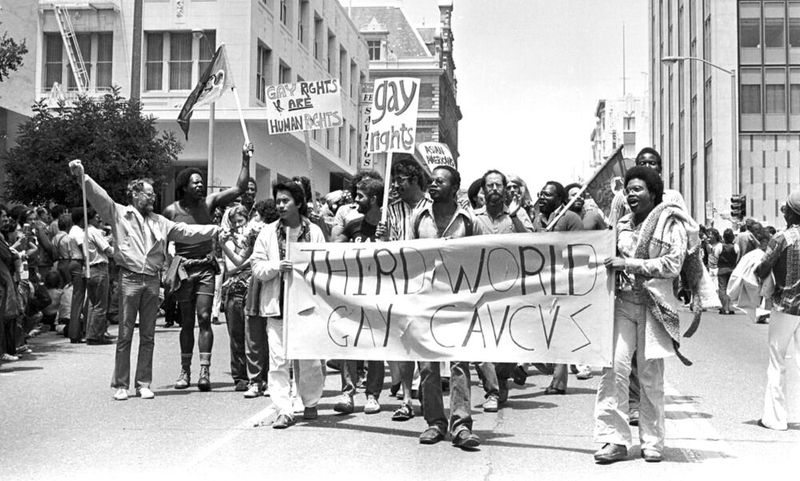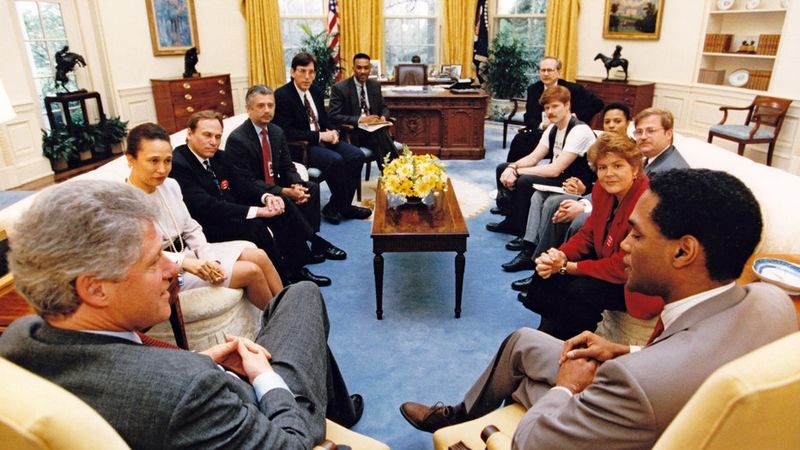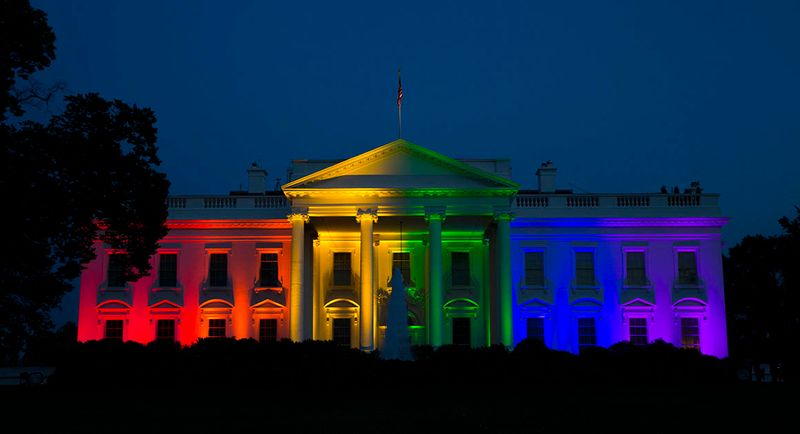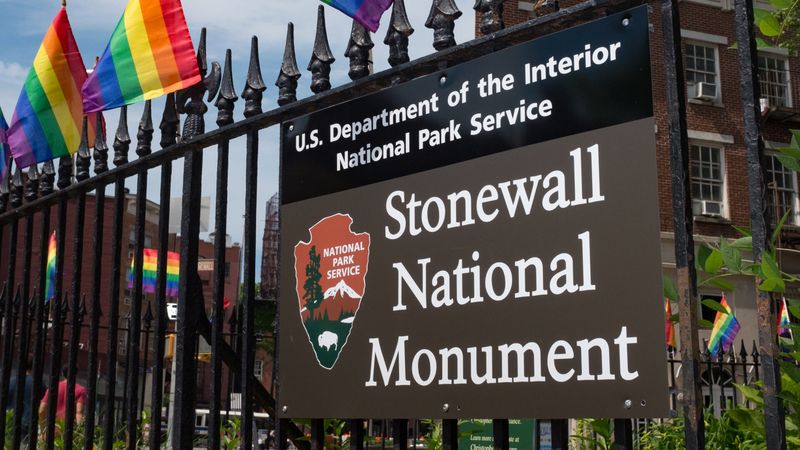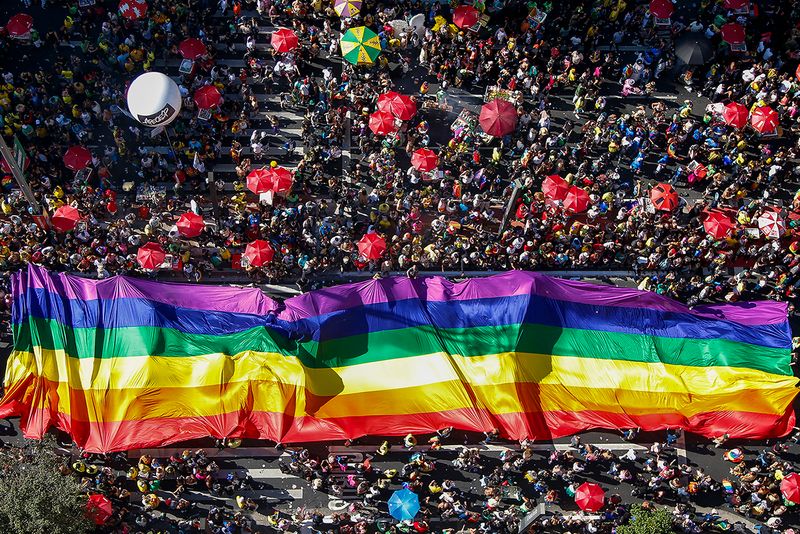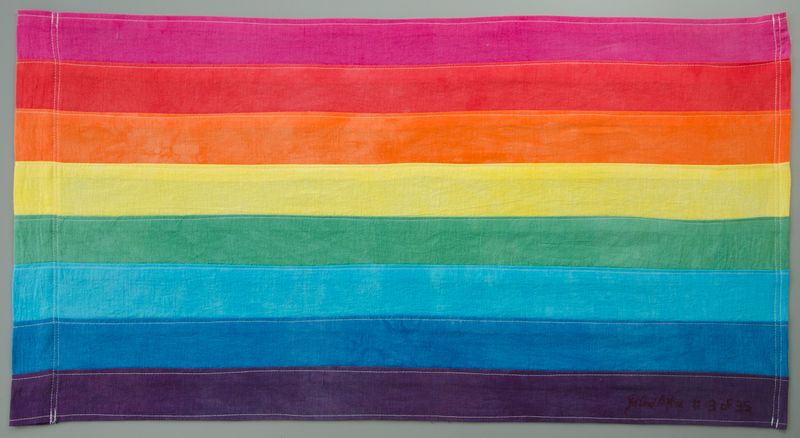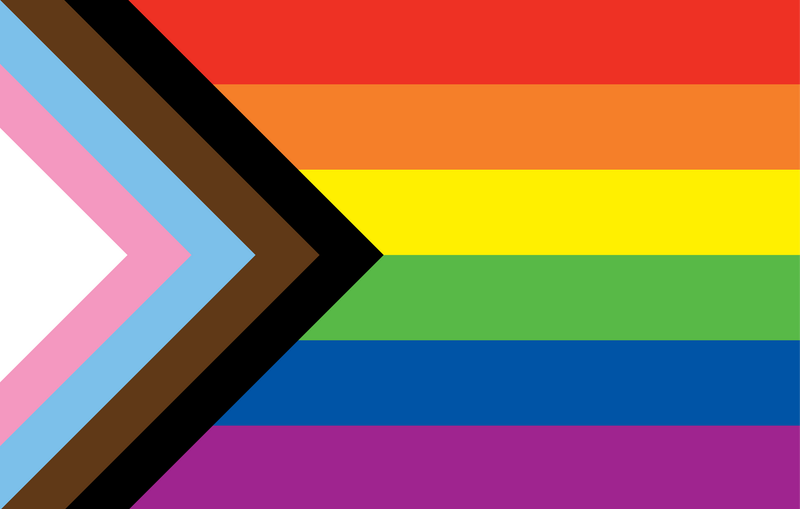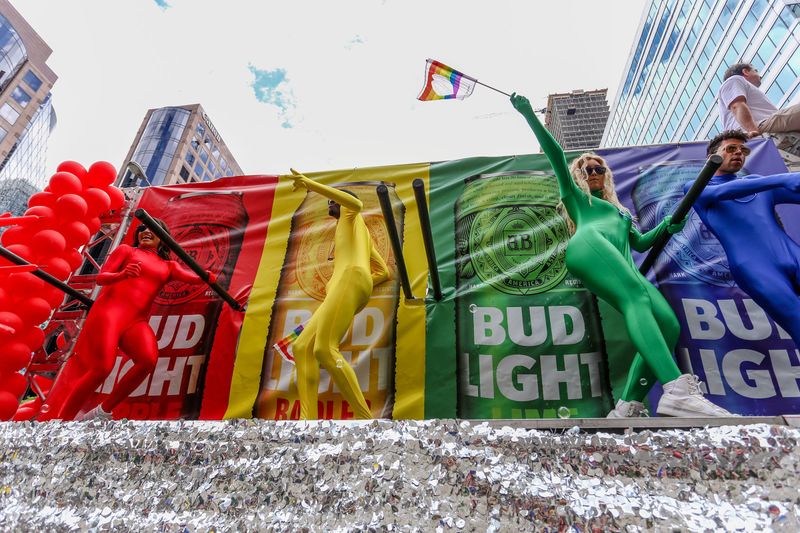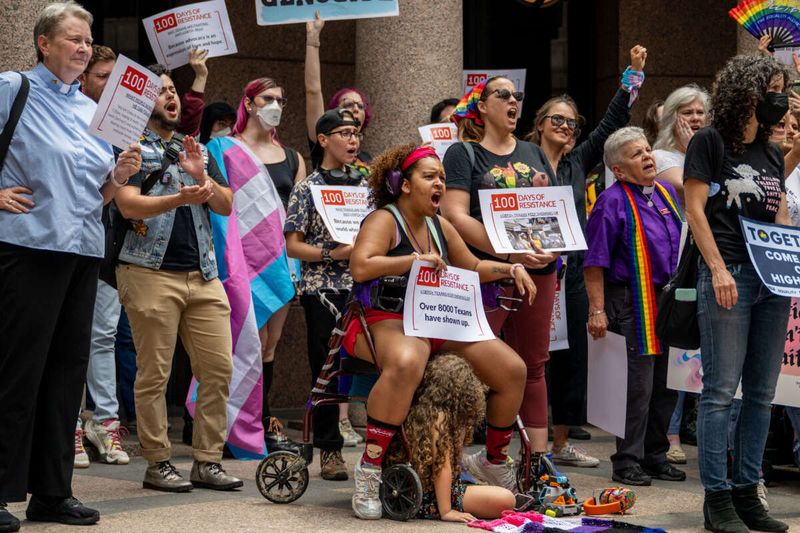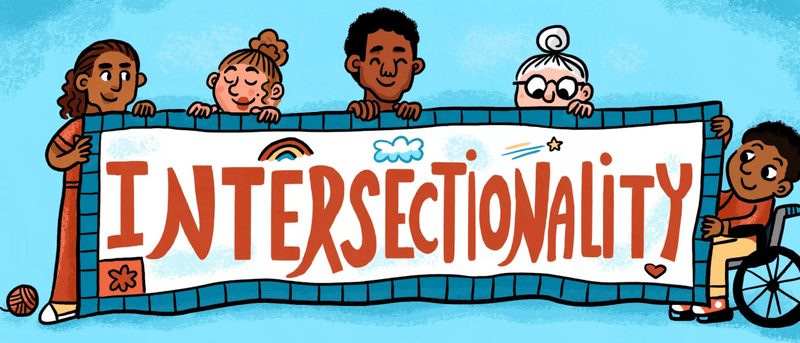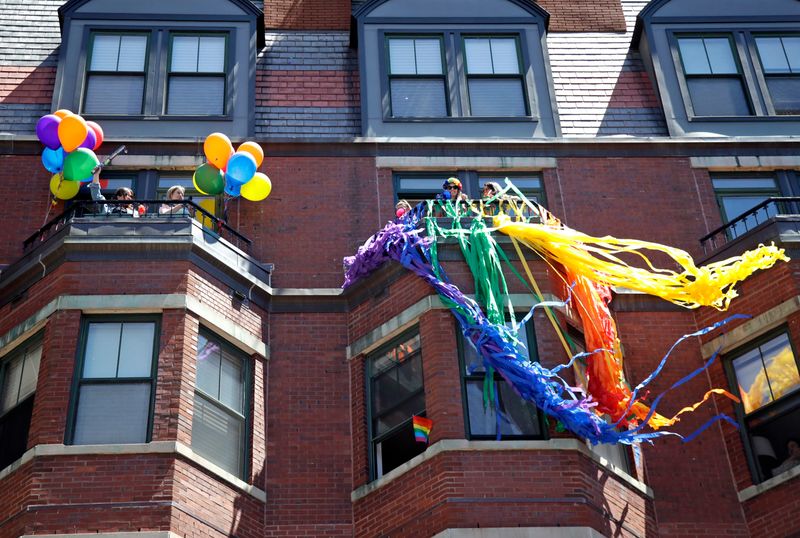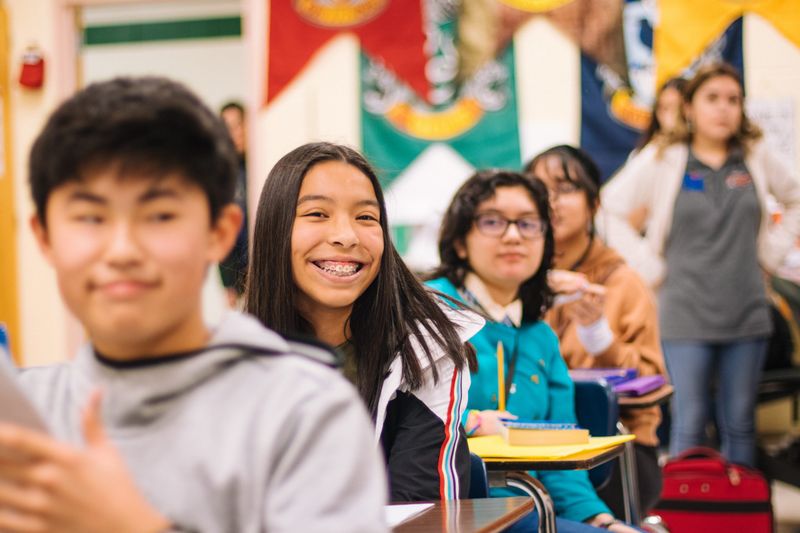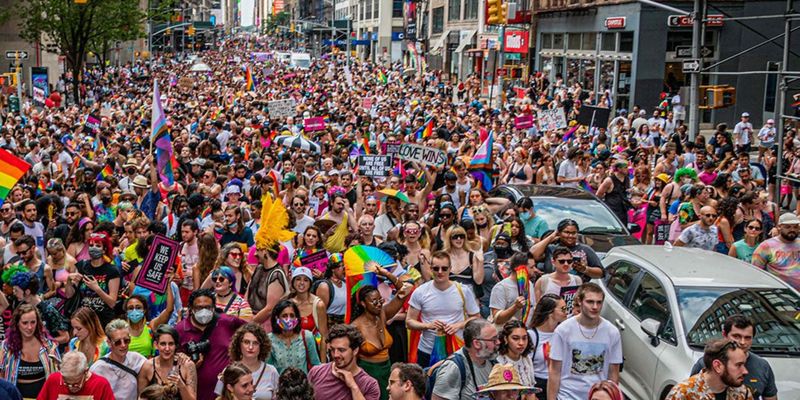June represents more than just the start of summer—it’s a time when rainbow flags wave proudly across America. Pride Month honors the courage, struggles, and triumphs of the LGBTQ+ community. The story of how June became the official month of Pride is rooted in protest, perseverance, and the power of community coming together to demand equal rights.
1. The Spark That Started It All: Stonewall Uprising
The modern Pride movement was born from rebellion. On June 28, 1969, police raided the Stonewall Inn, a gay bar in New York City’s Greenwich Village, but patrons fought back.
The resistance sparked six days of protests, with hundreds of people joining the uprising against years of harassment. Stonewall veterans like Marsha P. Johnson and Sylvia Rivera became icons of the movement.
This watershed moment transformed scattered activism into a unified force. The message was clear: LGBTQ+ Americans would no longer tolerate being treated as criminals simply for being themselves.
2. First Anniversary Marches Set the Tradition
Exactly one year after Stonewall, activists organized the Christopher Street Liberation Day March in New York City. Simultaneously, marches erupted in Los Angeles, San Francisco, and Chicago, creating the first nationwide Pride demonstrations.
Thousands walked proudly through city streets, many holding hands or displaying signs in public for the first time. The atmosphere mixed celebration with defiance as participants chanted “Say it loud, gay is proud!”
These initial marches established June as the natural time for annual LGBTQ+ commemorations, connecting Pride forever to Stonewall’s anniversary.
3. Building on a Foundation: The Annual Reminders
Before Stonewall captured national attention, brave activists had already been laying groundwork. From 1965 to 1969, demonstrators gathered outside Independence Hall in Philadelphia each July 4th for “Annual Reminders” protests.
Organized by pioneers like Frank Kameny and Barbara Gittings, these dignified demonstrations demanded equal treatment for gay Americans. Protesters dressed formally in suits and dresses, marching quietly with signs declaring “Homosexuals Should Be Judged As Individuals.”
After Stonewall, organizers redirected their energy from these July events to June commemorations, consolidating the movement’s calendar around the Stonewall anniversary.
4. The Power of Language: Coining “Gay Pride”
Words shape movements. During planning meetings for the first anniversary march, activist Craig Schoonmaker suggested “Gay Pride” as the rallying cry instead of “Gay Power” or “Gay Freedom.”
“Pride” perfectly captured the psychological shift needed in a community taught to feel shame. “We weren’t just angry protesters – we were proud of who we were,” Schoonmaker later explained.
The phrase stuck immediately, resonating with a community ready to celebrate their authentic selves. From those planning sessions emerged a powerful concept that would define the movement for decades to come.
5. Growing Beyond Borders: Pride Expands Nationally
The momentum from early marches proved unstoppable. Throughout the 1970s, Pride celebrations sprouted across America—from Boston to Atlanta, Minneapolis to Seattle.
Each city added unique local flavor while maintaining June timing to honor Stonewall. San Francisco’s events grew particularly massive, with hundreds of thousands attending by decade’s end.
What began as solemn marches evolved into parades with music, floats, and festivities. This expansion reflected growing confidence as more people came out publicly. By 1980, over 50 U.S. cities held Pride events, cementing June’s significance nationwide.
6. Presidential Recognition: Clinton’s Historic Proclamation
June 1999 marked a watershed moment when President Bill Clinton issued the first-ever presidential proclamation recognizing “Gay and Lesbian Pride Month.” This official acknowledgment elevated Pride from grassroots celebration to nationally recognized observance.
Clinton’s proclamation highlighted the contributions of gay Americans and called for an end to discrimination. “I encourage all Americans to observe this month with appropriate programs, ceremonies, and activities that celebrate our diversity,” he wrote.
The presidential recognition provided legitimacy that activists had sought for decades. Pride was no longer just a community celebration—it had entered the mainstream American calendar.
7. Expanding the Umbrella: Obama’s Inclusive Proclamation
President Barack Obama broadened Pride’s official scope in 2009 by declaring June as “Lesbian, Gay, Bisexual, and Transgender Pride Month.” This expanded language acknowledged the full spectrum of identities within the community.
Obama’s proclamation recognized ongoing struggles: “I call upon the people of the United States to turn back discrimination and prejudice everywhere it exists.” He would continue issuing Pride proclamations annually throughout his presidency.
The White House was illuminated in rainbow colors in 2015 after the Supreme Court legalized same-sex marriage nationwide. This visual statement transformed a government building into a Pride symbol, demonstrating how far the movement had come.
8. National Monument Status: Preserving Stonewall’s Legacy
The Stonewall Inn and surrounding area received America’s highest preservation honor in 2016. President Obama designated the site as the Stonewall National Monument—the first national monument dedicated specifically to LGBTQ+ history.
This 7.7-acre site in Greenwich Village includes the bar, Christopher Park, and surrounding streets where the uprising occurred. National Park Service rangers now provide educational programs about this pivotal moment.
Monument status ensures that Pride’s origin story will be preserved for future generations. The dedication ceremony featured emotional speeches from Stonewall veterans who never imagined their resistance would one day be commemorated by the federal government.
9. Pride Goes Global: International June Celebrations
The American tradition of June Pride celebrations has spread worldwide. Major cities across six continents now host Pride events during June, creating a global wave of rainbow celebrations.
International adoption wasn’t universal at first. Many countries initially selected different dates based on their own LGBTQ+ historical milestones. Gradually, June’s symbolic importance gained international recognition.
Today, Pride Month transcends borders while maintaining connections to its Stonewall roots. From São Paulo’s massive parade (one of the world’s largest) to Tokyo’s growing celebrations, June has become a global season of LGBTQ+ visibility and solidarity.
10. A Symbol Is Born: Creation of the Rainbow Flag
Gilbert Baker, a San Francisco artist and Vietnam War veteran, forever changed Pride celebrations in 1978 when he created the rainbow flag. Commissioned by Harvey Milk, Baker designed the flag as a positive alternative to the pink triangle—a symbol Nazis had used to identify gay people.
The original flag featured eight colors, each with meaning: pink (sexuality), red (life), orange (healing), yellow (sunlight), green (nature), turquoise (magic), blue (serenity), and violet (spirit). Production limitations later reduced it to six colors.
Baker never patented his creation, believing it belonged to everyone. The flag quickly became Pride Month’s universal emblem, flying proudly each June.
11. Evolution of Inclusion: The Progress Pride Flag
Pride symbols continue evolving to reflect the community’s diversity. In 2018, designer Daniel Quasar introduced the Progress Pride Flag, adding a chevron with black, brown, pink, light blue, and white stripes to the classic rainbow.
These additional colors explicitly represent people of color, transgender individuals, and those living with HIV/AIDS. The design acknowledges marginalized groups within the LGBTQ+ community who have often been overlooked.
The Progress Flag’s rapid adoption during Pride Month celebrations demonstrates the community’s commitment to greater inclusion. Many cities now fly this updated symbol alongside traditional rainbow flags during June festivities.
12. Corporate Rainbow: The Business of Pride
Pride Month’s growing visibility brought corporate America into the celebration. Beginning in the 1990s and accelerating after 2000, companies began sponsoring Pride events and launching rainbow-themed marketing campaigns each June.
This corporate embrace brought increased funding and mainstream acceptance. Major brands now compete to show support through rainbow logos, Pride-themed products, and parade floats.
However, this commercialization has sparked debate within the community. While many welcome increased visibility, others question whether “rainbow capitalism” dilutes Pride’s activist roots. The tension between celebration and commercialization remains a defining aspect of modern Pride Month.
13. Facing Opposition: Pride Month’s Ongoing Challenges
Despite growing acceptance, Pride Month continues to face significant opposition. Religious and political conservatives have organized counter-protests, boycotts, and legislative efforts targeting Pride celebrations and LGBTQ+ rights more broadly.
Recent years have seen a surge in anti-LGBTQ+ bills across numerous states, particularly focusing on transgender youth. These challenges underscore why Pride remains as necessary today as it was after Stonewall.
The community responds by recommitting to Pride’s activist roots each June. When Florida passed restrictive legislation in 2022, Pride organizers nationwide emphasized protest alongside celebration, demonstrating how Pride Month continues adapting to contemporary struggles.
14. Intersectionality Takes Center Stage
Modern Pride Month celebrations increasingly emphasize intersectionality—recognizing how race, gender, disability, and class intersect with LGBTQ+ identities. This shift acknowledges that Pride hasn’t always been equally welcoming to all community members.
Many cities now host specialized events during June, such as Black Pride, Latinx Pride, and Trans Pride celebrations. These gatherings create space for groups whose experiences and needs differ from the mainstream.
Pride organizations have also worked to improve accessibility and economic inclusion. Sliding scale admission fees, sign language interpreters, and wheelchair-accessible venues have become priorities, making June celebrations more representative of the community’s full diversity.
15. Education and Awareness: Pride as Learning Opportunity
June has evolved into a crucial educational period about LGBTQ+ history and issues. Libraries create Pride Month displays, schools incorporate LGBTQ+ historical figures into lessons, and museums host special exhibitions.
The Library of Congress maintains extensive Pride Month resources, while the Smithsonian collects artifacts documenting LGBTQ+ history. These institutions use June as an opportunity to highlight often-overlooked historical contributions.
Community centers and advocacy groups organize workshops throughout the month. Topics range from LGBTQ+ health concerns to legal rights to historical milestones, ensuring Pride serves both celebratory and educational purposes for people of all ages.
16. Pride in Pandemic: Virtual Celebrations Emerge
When COVID-19 struck in 2020, Pride Month faced unprecedented challenges. With parades and festivals suddenly dangerous, organizers quickly pivoted to virtual platforms rather than abandon June celebrations.
Online Pride events attracted global participation through livestreamed performances, digital drag shows, and virtual panels. Many events reached people who had never attended in-person Pride celebrations due to geography, disability, or being closeted.
This digital transformation demonstrated Pride’s resilience and adaptability. Even as in-person events returned, many organizations maintained hybrid models, recognizing how virtual components could make Pride Month more accessible to a broader audience year after year.
17. Youth Leadership: New Generations Shape Pride
Young activists have breathed fresh energy into Pride Month, often pushing for more inclusive, politically engaged celebrations. LGBTQ+ youth organizations like GSA (Gender and Sexuality Alliance) clubs coordinate June events focusing on issues relevant to their generation.
Social media has amplified young voices, with TikTok and Instagram becoming powerful platforms for Pride Month advocacy. Young creators share coming-out stories, explain evolving terminology, and organize virtual and in-person actions.
This youth leadership ensures Pride Month remains relevant rather than becoming merely historical. As one teenage organizer put it: “We respect the elders who fought for our rights, but we’re fighting for our future.”
18. Full Circle: Pride’s Ongoing Legacy
Pride Month now serves dual purposes: honoring historical struggles while addressing current challenges. June celebrations balance commemoration with calls to action on issues like healthcare access, housing discrimination, and violence against transgender people.
Annual Pride events draw millions of participants nationwide, from small-town gatherings to massive city parades. For many, Pride Month represents their first connection to the broader LGBTQ+ community.
From Stonewall’s brick-throwing resistance to today’s rainbow-filled celebrations, June’s evolution reflects the journey toward equality. Pride Month continues transforming—just like the movement itself—while keeping its connection to that fateful June night in 1969.
